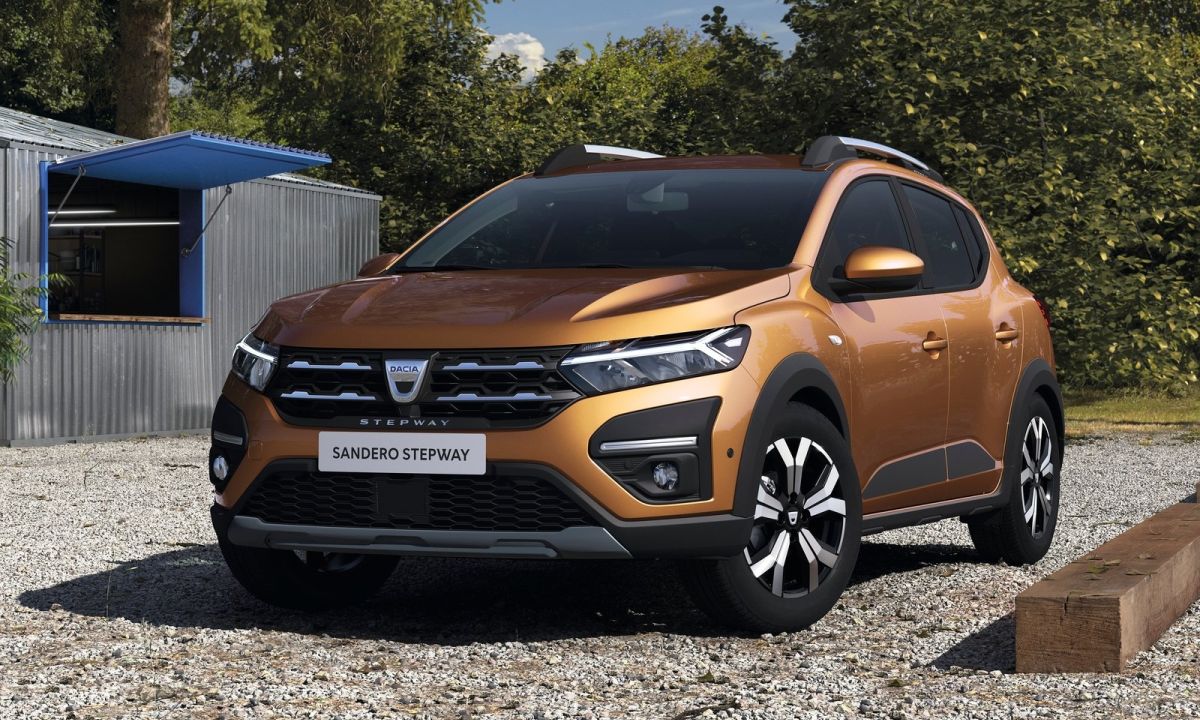
Renault South Africa has confirmed that the French company is no longer a subsidiary of the business’s headquarters in France, but rather an importer that falls under the Motus banner.Renault’s managing director in South Africa, Jaco Oosthuizen said the move to become an importer fell in line with the brand’s global moves, where it would identify large motor groups in particular regions across the world and enable them to become custodians of the brand in those regions.New strategy for Renault in South Africa Oosthuizen said Renault has been operational in South Africa in its latest guise for the past 26 years and counting, and had a fascinating history within the country, and with the current developments, was destined to better position and further elevate the brand.
“The shareholding structure of Renault South Africa (Pty) Ltd has changed several times over the years, with the latest development being a 100% shareholding shift. The Competition Commission approved the proposed 40% sale of Global RSAS shares in Renault South Africa (Pty) Ltd to Motus Corporation (Pty) Ltd (Motus) last month. This shareholding movement is completely aligned with the overarching strategic vision ’RENAULUTION’ to ensure the drive to value is a priority for the brand within South Africa, with a continued focus to grow the brand in a responsible manner, in order to remain a strong contender within the South African market,” he said.
New logo to usher in the changing times
The Renault logo has changed for 2021 and beyond. The previous logo was designed in 1992 and modernised in 2013. It was slightly complex and rigid, posing some legibility issues related to print sizes. This new logo coincides with the RENAULUTION that Oosthuizen alludes to, and is prominently integrated as part of the new Renault 5 Prototype’s front grill.
“The Renault Group teamed up with the design agency, Landor, which created the new logo concept,” said Sithabile Maphumulo, the head of marketing for Renault in South Africa. “They worked on developing this brand-new logo, while retaining the iconic and essential lozenge. It represents an evolved version of the 1972 logo Op Art (optical art), employing lines of differing thickness.
“However, there is no Op Art involved in this new logo, in a certain way it can be seen as two interlocking lozenges.
“Our all-new Corporate Identity has been rolled out in 134 countries within the Renault Group to date,” she adds. “We are proud of this new Look RENAULT, as it builds on our heritage in a strong and contemporary way, and we look forward to the next chapter of the brand.”
Several new models planned for South Africa in 2021 and 2022
Compact cars
Away from the business changes, Renault South Africa confirmed that the new Kiger compact crossover would arrive in the country in the third quarter of the year. The company says it’s the ideal vehicle for South Africans looking for more space but without having to pay a ludicrous amount of money for. Consider an ideal upgrade from the Kwid, if you’re in one at the moment. The Kiger will replace the Sandero in the local line-up when it arrives.
Delayed cars
On the more premium side, we’re going to have to wait a little longer than expected for the new Clio and the new Captur. “These cars have been severely delayed due to production constraints as we are also finding it a challenge to find a steady supply of superconductor chips that are used in the latest vehicles,” Oosthuizen said.
Dead cars
When it comes to the new Megane, we might not even see this car in South Africa in the future, as the C-segment hatchback market is all but obliterated thanks to the rise of the compact SUV. People are preferring to jump into compact crossovers and small SUVs rather than buy a C-segment hatch. We fear that this segment will go the way of the D-segment sedan, which is also dwindling.
Performance cars
On the performance front, you can also expect the current generation Clio RS and Megane RS to be the last hot hatches sold in South Africa from the French company. Renault has bundled its RS division into its Alpine operation (you’ll know it from F1 or the classic A110). Oosthuizen said there were no plans to bring any Alpine division vehicles to South Africa. If you’ve been eyeing a Clio RS or a Megane RS and want one new, now’s probably the ideal time to secure it before you can’t get them anymore in South Africa.
What about that bakkie?
For several years, Renault has been hinting at the idea of launching a one-ton pick-up bakkie to compete with the likes of the Toyota Hilux and the Ford Ranger and Isuzu D-Max. The vehicle has, however, been stuck in development quicksand, with no launch date in sight. Dubbed the Oroch, it allegedly shares its platform with the previous generation Navara.
Where to from here?
Oosthuizen and his team are optimistic that they can ride out the challenging year to come as it transitions from being a brand that reported to France to become a local operation that has to make every cent count.
“As the company evolves and we look to the future, we’re already considering rental options for motorists, and we’re seriously looking at how we can integrate more technology into our vehicles, which is something younger generations really want,” Oosthuizen said.
“When it comes to electric cars, we’re already a leading player in Europe and when the times comes for South Africa, we’ll be able to adapt very quickly with electric offerings. For now, we’re excited for cars like the Triber that’s been updated recently. That car is on back order by 1000 units and we just can’t get enough of them to sell from our business partners in India.”









